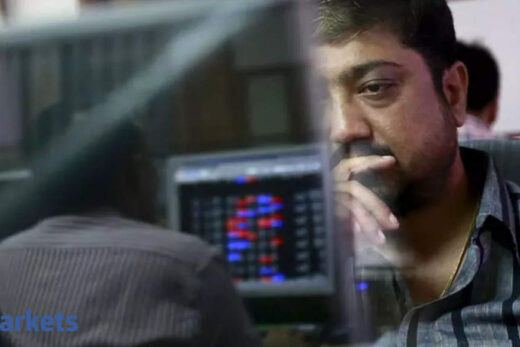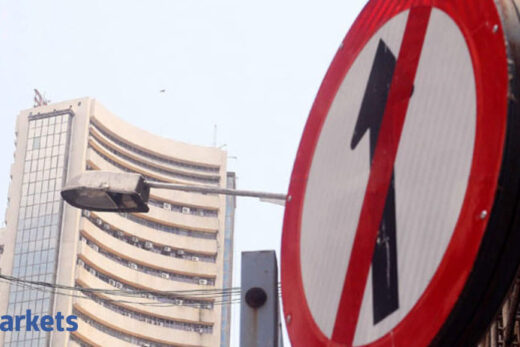How are you analysing the market set up right now for the positional trader as well as the long-term investor who has a good amount of gains under the belt?
In order to analyse what is happening currently, we have to take cognisance to the fact that one of the most important events happened in the last one-one and a half weeks. It was the Fed guidance — a dot plot — saying that in the 2023 calendar year, we might see a couple of rate hikes. Remember, last time around, we were estimating that the rate hike might happen towards the late end of 2023. The likelihood of an earlier rate hike was warranted because of the better economic recovery and due to the fact that inflation has inched up. This is something which we have to take notice of.
We think there can be a change of narrative from the earlier stance when there was higher liquidity and lower interest rate environment which used to price the equity assets or assets globally up to change to higher economic growth and higher corporate earnings. That is why the market has seen a shift to sectors like industrials or value driven pro-cyclical and material stocks.
Very temporarily, the market got a bit worried about the rate hike and rising inflation and now again a sense that it is likely to be transitional has seeped into the market. But between now and FY23 when the rate hike possibilities will actually come on the table, do you see the earnings remaining robust for corporate India?
One thing for which I still do not have an answer is basically that whether the inflation is transitory or not, it has been led by some amount of demand push from fiscal spending. But it is also because of the supply side constraints as well. We do not think supply side constraints will get sorted pretty soon and we are yet to come to a conclusion whether this inflation is transitory.
Of course, some amount of inflation will remain sticky over a period of time. Now does it translate to corporate earnings in a pro-inflation environment, especially when the inflation is going up? We have always seen that the earnings recovery is pretty sharp and in that kind of earnings recovery, some stocks always catch up because it is extremely difficult to pin point to the operational gearing or operational leverage benefits which a company enjoys. So the margins are very difficult to predict. Basically, we would be in for a bit of positive surprise on the earnings that may lead to stability of the market which again points to the fact that the change of narrative is here to stay in favour of better economic growth and better corporate earnings.
Which are the areas where you are long right now? Also which are the sectors where you are short?
In a bullish market, it is extremely tough to find the absolute short opportunities. As things stand, given our view that economic growth is going to be strong, we think that pockets in industrials, materials, and banking and finance can perform better going forward.
Sectors which have outperformed till now – consumer staples or pharma — are pockets which are relative shorts. I am not saying they are absolute shorts purely because the companies are still going to do well but it is just that the opportunity cost of investing into the basket is much better than being into consumer staples and pharma.
A research from Quant Eco says that 65% of India’s activity which was lost in May to April area all of that actually have been recouped now because of the unlocking in the states. How should one play the slightly longer term unlock and economic rebound play in the next few months?
This April and May, we did not see any big disruption in the market vis-à-vis last year when Covid hit for the first time. The market is a very astute instrument and it keeps on learning from experience. The rebound that happened last year was very sharp. The market in the first place, did not crash even after the second wave started. This could be seen in the case of autos as well.
So, while this time, the market did not crash, it did not rally from here as well. With respect to industrials and capex driven companies, there is a clear focus by the government on the supply side. The spendings and the incentives — PLIs etc — were all on the supply side. That has been very helpful and should help the capex-driven industrial segment at least over the next three to five years.



